Stories
Stories
The Great Escape
On the night of 24 March 1944, the largest prisoner of war (POW) breakout ever attempted occurred at Stalag Luft III, a German camp for captured Allied airmen. The ‘Great Escape’, including six New Zealanders, was unprecedented in its organisation and scale, but also in its tragedy.
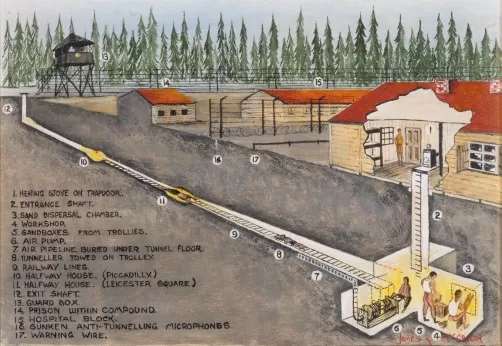
Artwork depicting the tunnel system used in the Great Escape from Stalag Luft III, March 1944.
(Credit: Air Force Museum of New Zealand)
It is remarkable that three Nelson Old Boys, Leonard Trent, Ian Richmond and Mick Shand, who had all roomed together in their school days, would later be ‘reunited’ in captivity at Stalag Luft III POW Camp at Sagan in German occupied Poland in 1943. Richmond’s Stirling Bomber had been shot down over Germany in 1942, while Shand’s Spitfire was downed over the Netherlands in 1943, the same year as Trent’s Ventura bomber was shot down near Amsterdam.
Trent, Shand and three other Kiwis, Flt Lt Arnold Christensen, F/O Porokoru Pohe and Sq. Ldr John Williams were among the 79 airmen who escaped by tunnel on the night of 24 March 1944 in what was the largest prisoner of war (POW) breakout.
Having taken over 750 men more than a year to prepare, this ‘Great Escape’ was unprecedented in its organisation and scale, but also in its tragedy.
Christensen, Pohe and Williams all managed to evade capture for several days before being discovered and arrested south of the camp. These three young New Zealanders were among the fifty Allied airmen who, on Hitler’s orders, were shot by the Gestapo following the escape. Their names are etched on the Roll of Honour at the Air Force Museum of New Zealand.
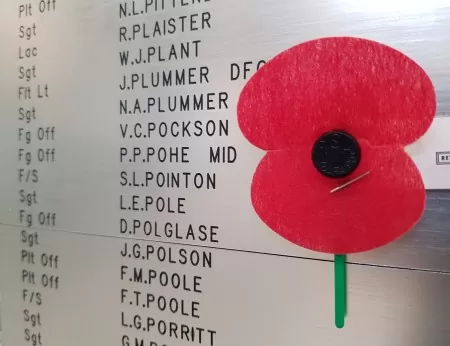
We will remember them: Flying Officer Johnny Pohe’s name etched on the Roll of Honour at the Air Force Museum of New Zealand. Pohe, a former bomber pilot, was one of three New Zealanders executed by the Gestapo for their role in the Great Escape.
(Credit: Air Force Museum of New Zealand)
Shand and Trent were the last of 79 men to pass through the narrow, hand-dug tunnel (of the 240 originally chosen to escape), with Trent immediately following Shand. It was their intention to travel together and reach Switzerland.
Unfortunately, Trent’s exit coincided with the arrival of a German guard on patrol who spotted the tunnel. The guard let off a signal shot with his rifle and Trent immediately leapt up shouting ‘Nicht schießen!’ (‘Don’t shoot!’). He was captured on the spot, and taken back inside the camp gates, where he was sentenced to solitary confinement on starvation rations for three weeks.
Meanwhile, Shand managed to stay on the run for four days before being recaptured.
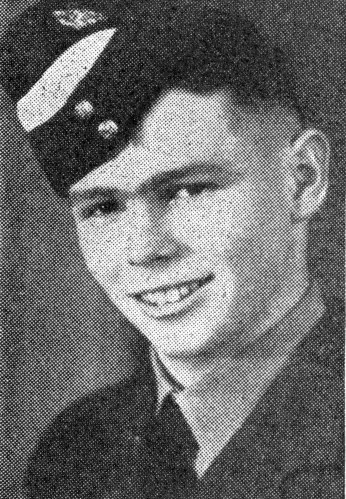
Flight Lieutenant Arnold Christensen. Portrait from the ‘Weekly News’.
(Credit: Air Force Museum of New Zealand)
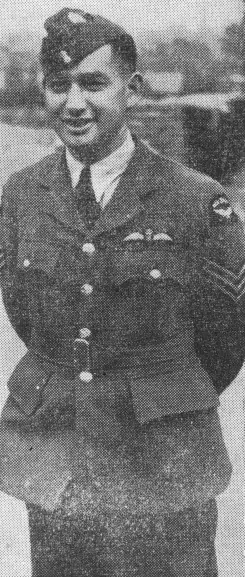
Sergeant (later, Flying Officer) Johnny Pohe.
(Credit: Air Force Museum of New Zealand.)
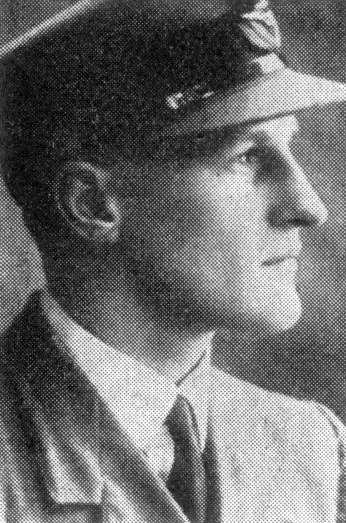
Squadron Leader John Williams DFC. Portrait from the ‘Weekly News’, 28 June 1944.
(Credit: Air Force Museum of New Zealand)